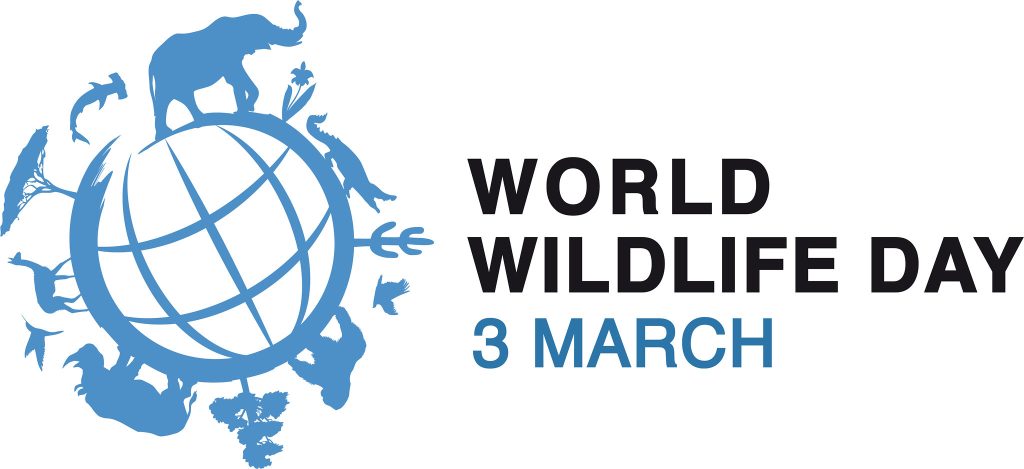World Wildlife Day – 3rd March 2024
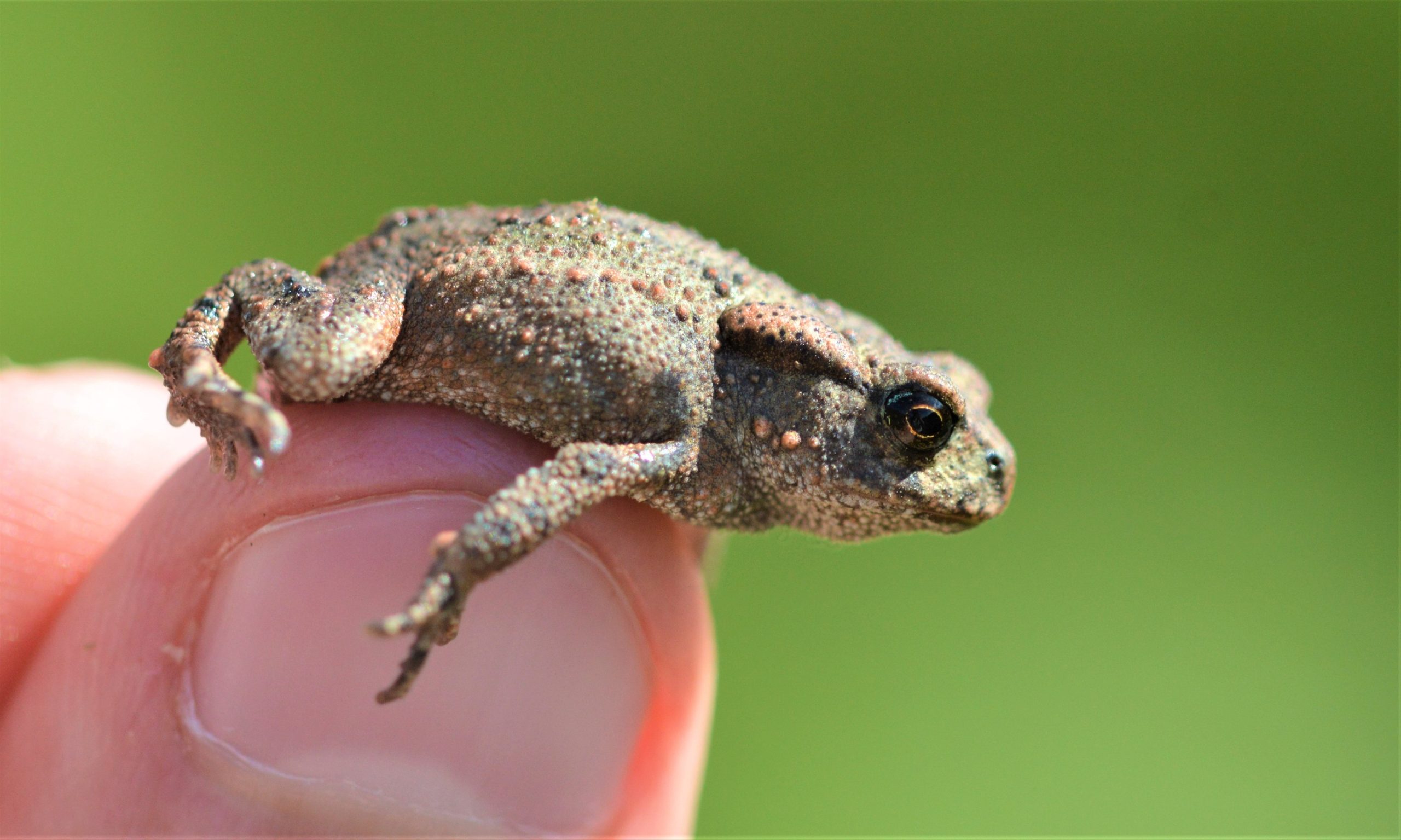
Today, March 3rd, we’re celebrating World Wildlife Day 2024. World Wildlife Day is about connecting people with the natural world and inspiring continued learning and action for animals and plants beyond the day. We all rely on wildlife and biodiversity to meet our needs, from food and fuel to medicines, housing, and clothing. For us to enjoy the benefits and beauty that nature brings us and our planet, we all need to work together to ensure ecosystems thrive and plant and animal species exist for future generations.
For WWD 2024, we’re highlighting some of our High Focus Habitats and Species. From red squirrels to black grouse, these are species that have been identified as being of particular value and/or in critical decline. The protection, enhancement and restoration of these species and their habitats is prioritised in our land management partnerships and projects.
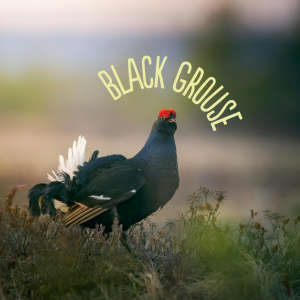
Name: Black grouse
Conservation Status: Red listed under the Birds of Conservation Concern.
Where you might find them: Blanket & raised bogs, upland heathlands, grass & rush pasture, heath & scrubland, native oak woodland, native wet woodland, acid grassland.
Fun fact: Male black grouse are inky black with red wattles and a flamboyant lyre-shaped tail used to display at what is known as a ‘lek’. They assemble at dawn in open areas that provide them with good acoustics and visibility; males face up to each other while making continual bubbling sounds, flutter-jumping and fanning out their white under-tail feathers and lyre-shaped outer-tail feathers.
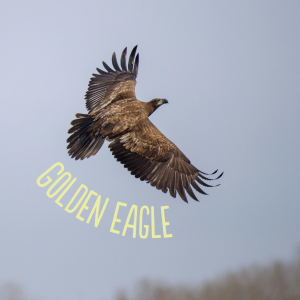
Name: Golden eagle
Conservation Status: The South of Scotland Golden Eagle Project says, “The small population of isolated and vulnerable eagles in the Scottish Borders and Dumfries & Galloway is at risk of disappearing from their native homeland in much the same way as they have from England and Wales.”
Where you might find them: Blanket & raised bogs, upland heathlands, grass & rush pasture, heath & scrubland, acid grassland.
Fun fact: The golden eagle can dive at speeds of up to 200mph, making it one of the fastest birds in the world!
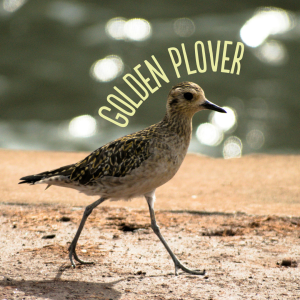
Name: Golden plover
Conservation Status: Green listed under the Birds of Conservation Concern.
Where you might find them: Blanket & raised bogs, upland heathlands, heath & scrubland, acid grassland.
Fun fact: Some golden plover spend the summer months in Iceland as well as Scotland, and in Icelandic folklore, the appearance of the first plover in the country means that spring has arrived.
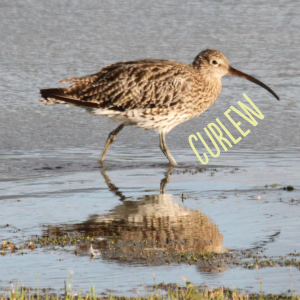
Name: Curlew
Conservation Status: The curlew is listed as Priority Species in the UK Biodiversity Action Plan. Curlews are struggling, with big declines in breeding populations and ranges in recent years.
Where you might find them: Blanket & raised bogs, upland heathlands, grass & rush pasture, acid grassland.
Fun fact: The old Scottish name for the curlew is ‘whaup’ or ‘great whaup’. Its call, normally heard between February and July, has been immortalised in the Old English poem, The Seafarer: “I take my gladness in the… sound of the curlew instead of the laughter of men”.
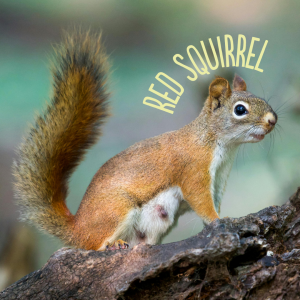
Name: Red squirrel
Conservation Status: Under threat in the UK. Since the introduction of the grey squirrel from North America, the range of the red squirrel has been reduced to mainly Scotland and Northern England.
Where you might find them: Native oak woodland, native wet woodland
Fun fact: Red squirrels have four fingers and five toes on each paw and foot and can be left or right-handed, or even ambidextrous!
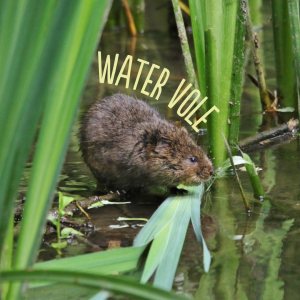
Name: Water vole
Conservation Status: Under threat in the UK. The water vole is one of the fastest declining mammals in the UK, with invasive species, poor watercourses and farming contributing to its decline.
Where you might find them: Blanket & raised bogs, upland heathlands, grass & rush pasture, oligotrophic (nutrient poor) lochs
Fun fact: Water voles need to eat 80% of their body weight every day, and they’ve been recorded eating over 200 different species of plant!
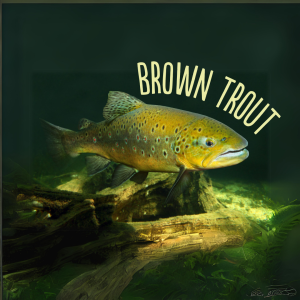
Name: Brown trout
Conservation Status: Priority Species under the UK Post-2010 Biodiversity Framework.
Where you might find them: Blanket & raised bogs, oligotrophic (nutrient poor) lochs
Did you know?: Sea trout and brown trout are actually recognised as the same species: Sea trout are migratory, spending most of their life at sea and returning to fresh water to spawn, whilst brown trout spend all their life in fresh water.
The Galloway and Southern Ayrshire Biosphere Partnership works with a range of partners to support projects that protect and create habitats and monitor these and other important species; read more here. If you’ve spotted any of our High Focus species while out and about, we would love to hear from you or see any pictures. Additionally, if you’re a landowner and are interested in exploring ways of enhancing habitats for wildlife, we have a specialist Land Use & Biodiversity team who would be happy to advise on this. Contact us at info@gsabiosphere.org.uk.
